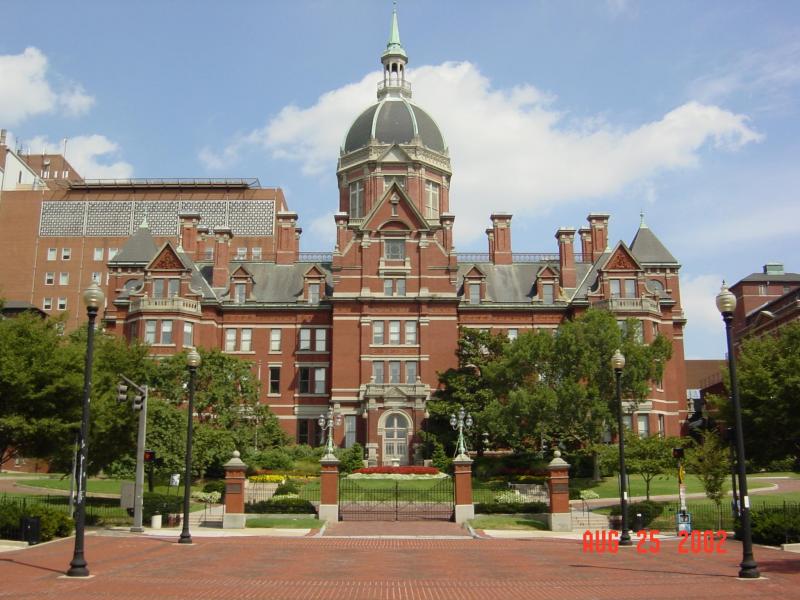Back To Form

By 1888, he had returned to to Johns Hopkins Hospital, which he was a founding professor, and started experimenting and seeing patients again. Over the next year he became the Surgeon-in-Chief of the hospital and married his scrub nurse, Caroline Hampton.
Over the next five years he experienced one promotion after another eventually becoming the Chairman of the Department of Surgery. It took another six years, until 1889, to see his next major accomplishments which lasted from 1889 to 1922 when he died. The next page will list his accomplishments as close to their entirety as possible.
Dr. Halsted died on September 7th, 1922. September of 1919, Halsted’s former resident performs a cholecystectomy and choledcholithotomy which relieved the pain he was suffering, but it returned in the fall of 1921.
He became jaundiced in his summer home in North Carolina, High Hapton -named after his wife, in 1922. He delayed the treatment to travel to Johns Hopkins where he requested Doctors Reid and Heuer for his surgery. Both were busy in their own careers, but made the trip. While they removed several duct stones successfully, gastrointestinal bleeding started to take Halsted’s life. The man that performed the first emergency blood transfusion could not be saved by the residents on attempts to do the same for Halsted.
But, Halsted left a legacy in his wake, more of which will be covered on the next page. Of special note was his unnatural ability to focus during surgery. One story says that he asked one of his assistants to move over a little as they had been standing on his foot for the last half hour.
